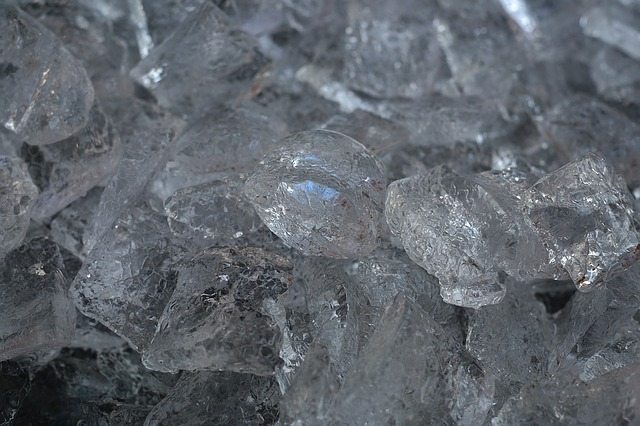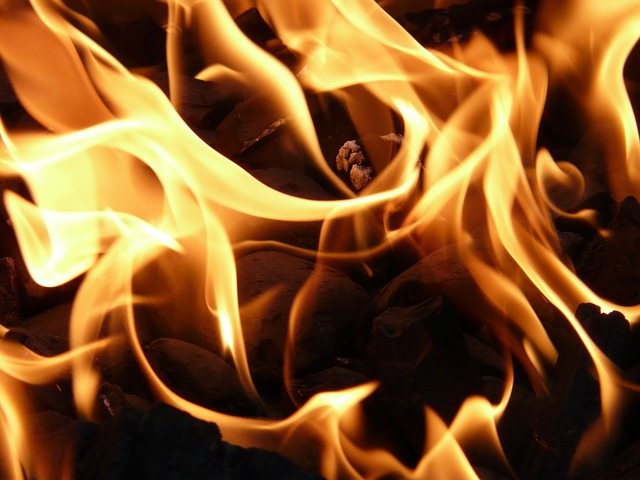 Good question right?! So which is it, do you reach for the frozen bag of peas or the heating pad? If you twist your ankle it would make sense to apply ice, reduce swelling. You get a knot in your back or shoulder from sitting at a desk all day and heat would be good to help loosen up the muscle. What if you pull a hamstring running?
Good question right?! So which is it, do you reach for the frozen bag of peas or the heating pad? If you twist your ankle it would make sense to apply ice, reduce swelling. You get a knot in your back or shoulder from sitting at a desk all day and heat would be good to help loosen up the muscle. What if you pull a hamstring running?
No ice pack or heating pad can repair a sprained ankle or heal a torn tendon, but both warming and chilling a painful area can help minor injuries heal faster and alleviate pain. Why this is important is that it can help reduce the ache and improve mobility which will increase healing blood flow to the area.
Ice it
So what exactly does applying Ice do? It quickly constricts the blood vessels in your skin and underlying tissues and decreases blood flow. This in turn slows the chemical reactions in the injured area significantly, including those that contribute to swelling and inflammation.
To use cold therapy safely, apply a gel pack(I like these as they conform to area and are reusable, and chill fast in freezer), bag of crushed ice, or even frozen peas for 15 to 20 minutes every hour or two, throughout the day if possible. Ice should only touch the skin if an ice rub is used. Otherwise, a thin fabric should be placed on the skin to buffer the skin from the ice. Yet, the ice must be perceived as cold when placed on the injured area. Place a moist towel or dishcloth in between the ice and your skin to prevent frostbite. Make sure if you use peas or other veggies to mark the bag so no one cooks it later—thawing and re-freezing can make the veggies go bad.
Use ice: Ice wins for acute pain, inflammation and swelling. Sprains and strains.
- Within the first 24 to 48 hours after an injury. Whether you sprained an ankle or pulled a muscle is key, Reducing inflammation will decrease pain and swelling, and limit the loss of strength and mobility aiding in the healing process.
- Immediately after a tough workout. If you think you overdid it, icing can prevent soreness later by slowing the immediate inflammation.
- On injuries that feel warm when you touch them. This is a sign of active infection or inflammation; heat could worsen your condition at this stage.
- If pregnant, Seek your doctors advice!
Heat It
 Heat works in the opposite way of cold, well that makes sense…It causes blood vessels to open and increases blood flow, this then delivers nutrients that allow cramping muscles to relax. Heat also fights pain by altering the messages your sensory nerves send back to your brain.
Heat works in the opposite way of cold, well that makes sense…It causes blood vessels to open and increases blood flow, this then delivers nutrients that allow cramping muscles to relax. Heat also fights pain by altering the messages your sensory nerves send back to your brain.
I like to use a moist heating pad or a microwaveable gel heat pack. Place a towel or cloth over your skin first to avoid burning. Leave it on no more than 20 minutes(never fall asleep with it either), and let your skin cool completely before reapplying.
Use Heat: Use HEAT primarily to soothe CHRONIC pain that comes & goes over time (like lower back, neck, hamstrings, etc.) to relax tight muscles.
- A day or two after a tough workout. Heat probably won’t give you as much relief as warming up your muscles with some active recovery, this is a good time for easy spin or lite jog to heat up and loosen up tight sore muscles and speed healing and recovery.
- For chronic soreness, such as low back pain. Aw arm showers or bath can prove especially helpful by releasing the tension from continually contracted muscles
- Injury after the first few days. At this point, inflammation has decreased and increasing blood flow can provide healing nutrients. There’s no set time that you have to switch so if ice still provides some relief, stick with it. This may also be a good time to try heat as the effectiveness of the ice or cold treatment diminishes.
- If pregnant, Seek your doctors advice! Do not use near abdomen.








